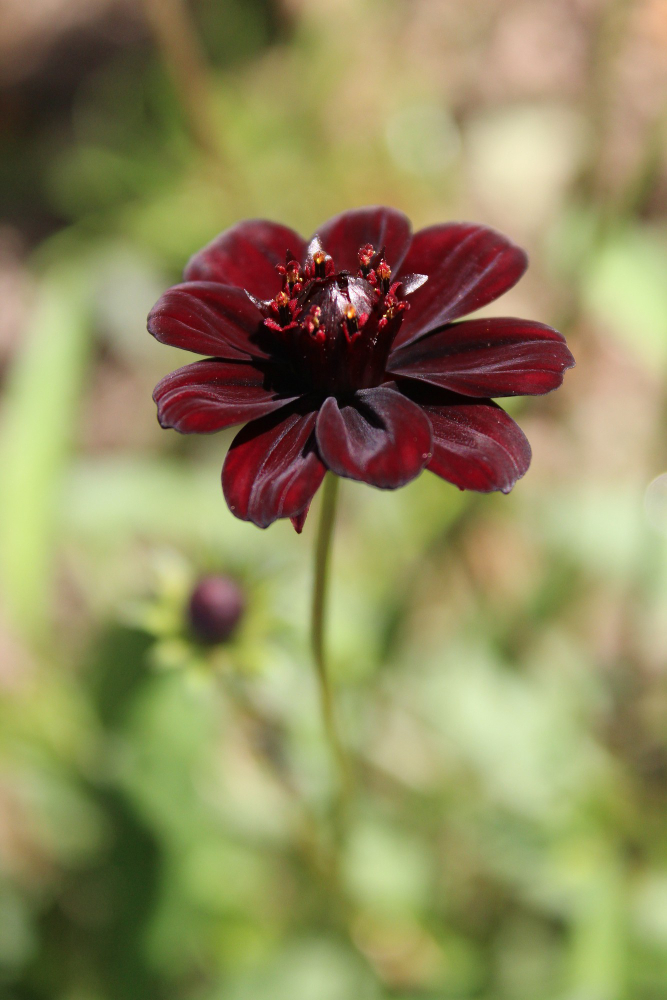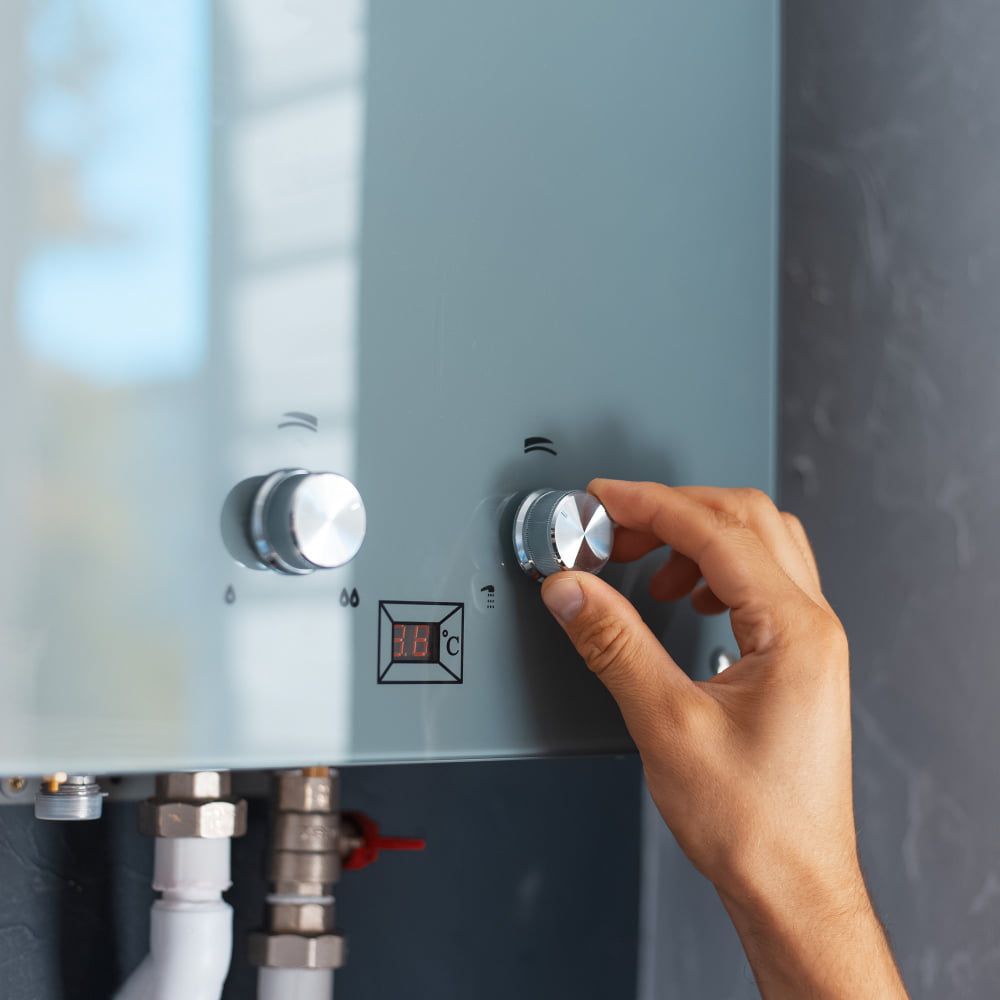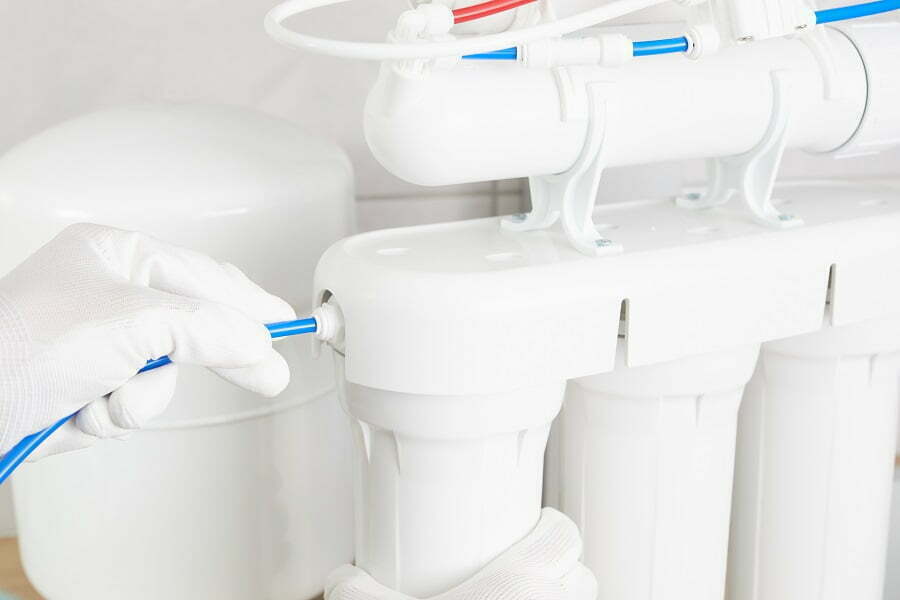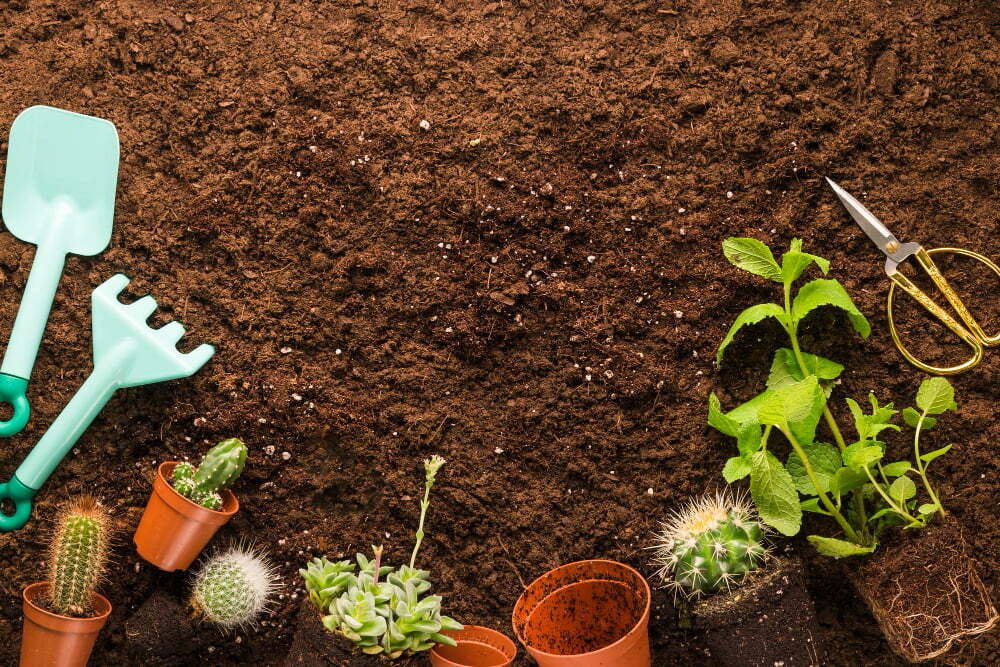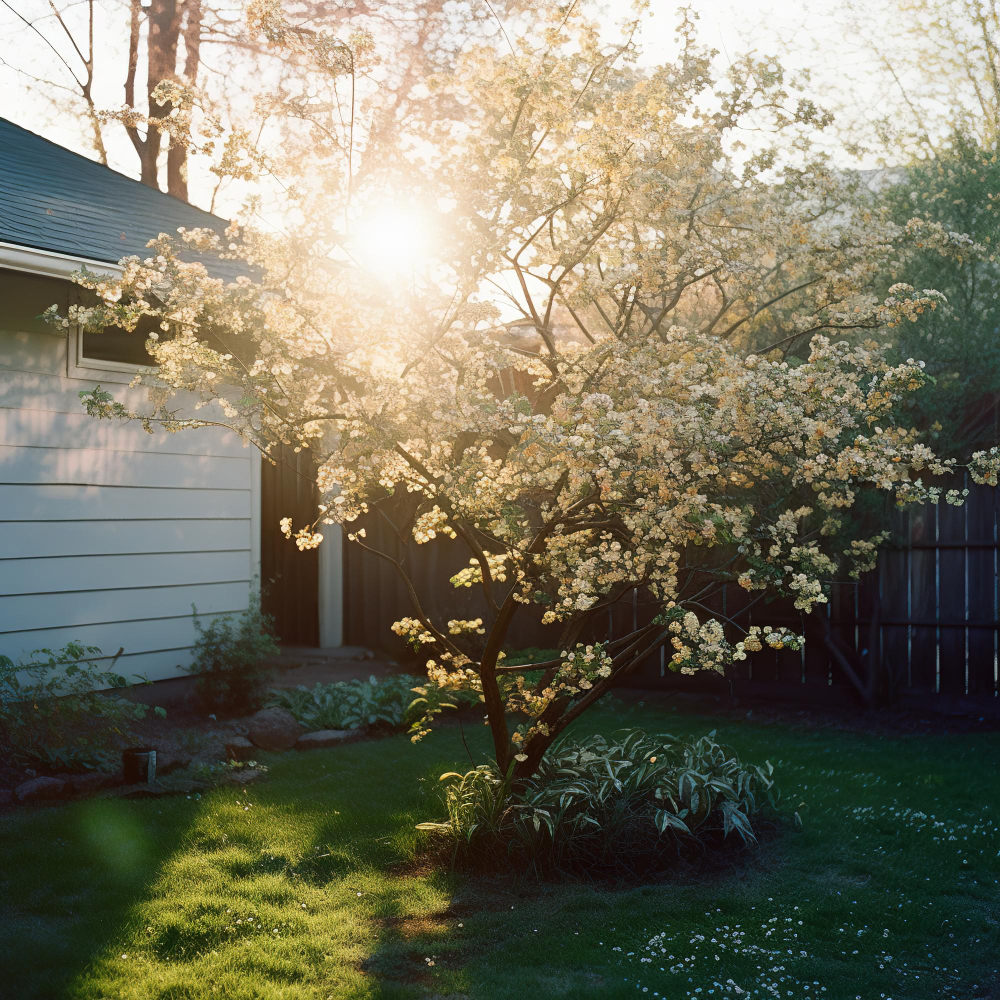Last updated on
Looking to start your own homegrown vegetable garden? These ten helpful tips will set you on the right path. Read on!
There are very few activities that feel as rewarding as successful gardening. Whether you have a herb, succulent, fruit, flower, or vegetable garden, there is immeasurable joy in watching the little plants grow from tiny seedlings to full-grown plants.
However, many people tend to think of gardening as a dirty job that involves too much contact with soil, mud, and weeds. This perspective does not have to define your garden. We will look at ways to make your garden organized and aesthetically pleasing.
Consider Using Plant Markers
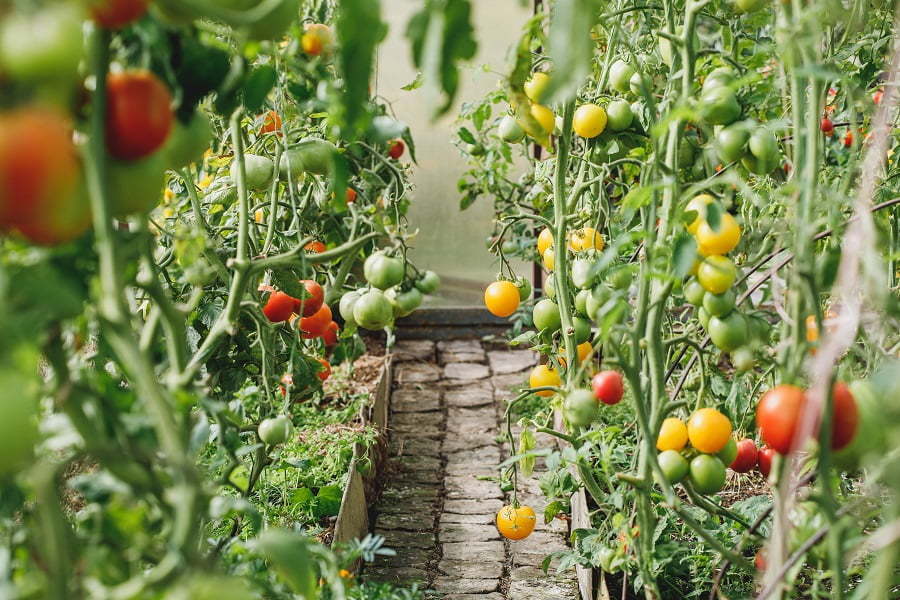
When your garden has multiple flowers, herbs, or vegetables, it can become challenging to tell the plants apart. You can use plant markers to differentiate the various plants, making it easier to know which plant is in a particular garden section. Ready-to-use plant markers are readily available from online gardening stores. If you would want to go another way, make your markers using biodegradable wooden sticks.
Always Get Rid Of Deadheads
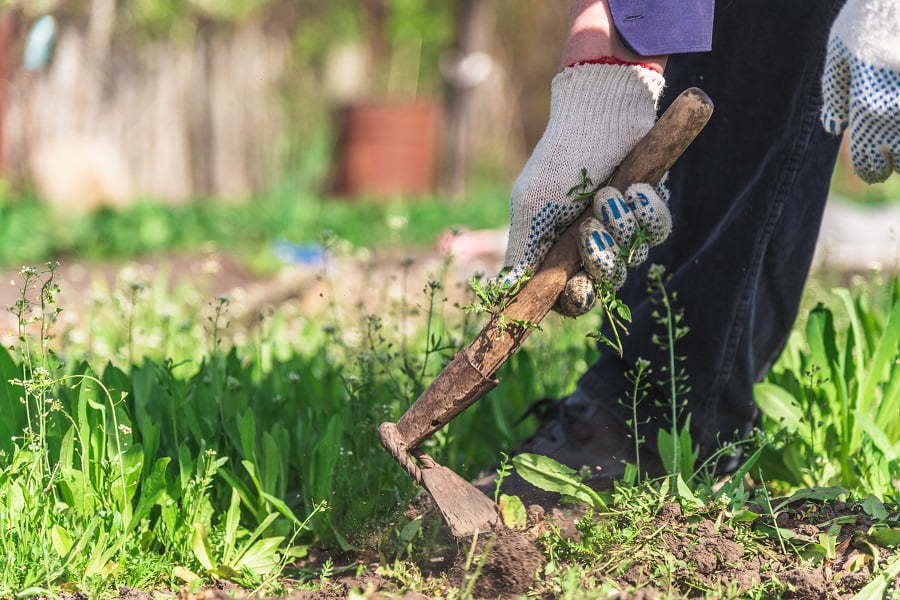
Deadheads are wilted flowers that affect the vitality and appearance of plants in a flower garden. Besides the aesthetics, though, cutting off the wilted flowers encourages the growth of new flowers since the plant can supply nutrients to new buds. Use a pair of secateurs to remove all deadheads and vastly improve your garden’s appearance. Removing deadheads is also said to prevent plants from developing some common diseases.
Make Use of Your Calendar to Plant the Garden
Different plants thrive under varying conditions. While your succulents might do quite well in cold winter conditions, your tomatoes might not. Always plan your garden to match the prevalent weather conditions in varying seasons. Research the ideal requirements that support the plants you intend to grow and mark your calendar’s most suitable planting time. Doing this ensures you do not end up with wilted, bad-looking, or struggling plants in your garden.
Become Creative With Containers
The modern-day gardener has numerous ready-made gardening accessories at their disposal. You do not have to purchase every single item. Feel free to make use of old household items in your garden. For example, old birdbaths, bathtubs, and basins can make fantastic planting containers. If you have several of these used household items, get creative and use them to organize your garden.
When using homemade containers, though, it is essential to drill holes for water drainage. Use tools such as regular drills, nails, or knives to drill holes into the containers. Contrastingly, most ready-made planting containers come with predrilled holes for this purpose.
Use Ties to Control Climbing Plants
You have probably come across a gardener who had planted bamboo canes in their garden. These are meant to train climbing plants to grow in a particular direction to ease pruning and general plant health.
Use cable ties, twines, or strings to gently tie the plants’ stems onto the bamboo canes. Also, be sure to leave enough space between plants to encourage growth. Besides the pruning and plant health, we can all agree that training climbing plants result in a lovely and neat garden.
Maintenance Is Crucial
Regardless of how neat or organized your garden starts, it will take quite some effort to keep it that way. First, have a pruning, weeding, and harvesting schedule and ensure that all plants or parts of plants that do not need to be in the garden are not. Then, when the fruits, herbs, vegetables, and flowers are ready, pick them before accumulating into an unsightly mess.
Weeding is unarguably one of the most critical gardening activities for the organization, garden produce management, and disease prevention. Please do not wait for weeds to establish deep roots before pulling them off the ground.
Plant Vegetables in Intervals
Spacing your plants is an essential step for producing throughout the year and having your garden look good. Imagine harvesting an entire cabbage garden only to realize that you will not have cabbage for the next three months. Space out seed planting by about a month to ensure continuity.
Water Your Plants at Night During Hot Seasons
During the hot months, resist the temptation to water your plants under the scorching heat of the midday sun. Instead, water your plants at night. Doing this gives the plants ample time to absorb the water before sunrise. Additionally, nighttime is generally associated with lower humidity, reducing the risk of plant diseases.
Mulching Is a Great Idea
Every seasoned gardener will tell you how vital mulching is. This is especially true during the hot months. Mulch has numerous nutritional benefits for plants and helps with water retention. In addition, a good layer of mulch can make it more difficult for weeds to sprout and thrive. Which gardener wouldn’t want a weed-free garden? Feel free to use slate shards, gravel, bark, wood chippings, and other biodegradable mulch in your garden.
Make Your Garden Senior-Friendly
As people grow older, some seemingly effortless body movements become immensely difficult. So supervisors in a community for independent senior living encourage residents to take up hobbies, like gardening, to allow them to be active and cultivate something for themselves.
If you have an older adult in your household, consider making your garden senior-friendly. You can do this by considering vertical gardening such that plants are easy to tend without having to bend. For this, consider plants that can naturally climb, such as tomatoes, beans, cucumbers, and squash.
When an older person is in the garden, have them use the proper gardening techniques when tending to plants. When pruning, for example, get the seniors some good pruning shears with ergonomic, comfortable handles or a good pair of stainless steel gardening scissors. Ensure the senior does not bend their wrists when pruning to avoid tendinitis. There are numerous senior-friendly gardening tools that you could consider investing in.
Curating your garden might initially seem like an overly complicated task. Still, it isn’t. By considering the easy steps outlined in this guide, you are guaranteed a neat and pleasant-looking herb, vegetable, or flower garden. However, don’t forget that you will need to be consistent with most, if not all, of the tips outlined above.
Related reading:
Table of Contents

